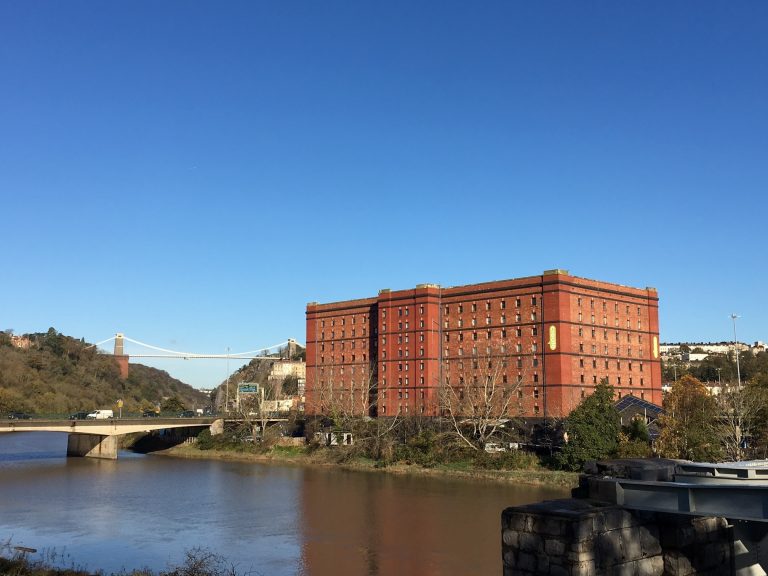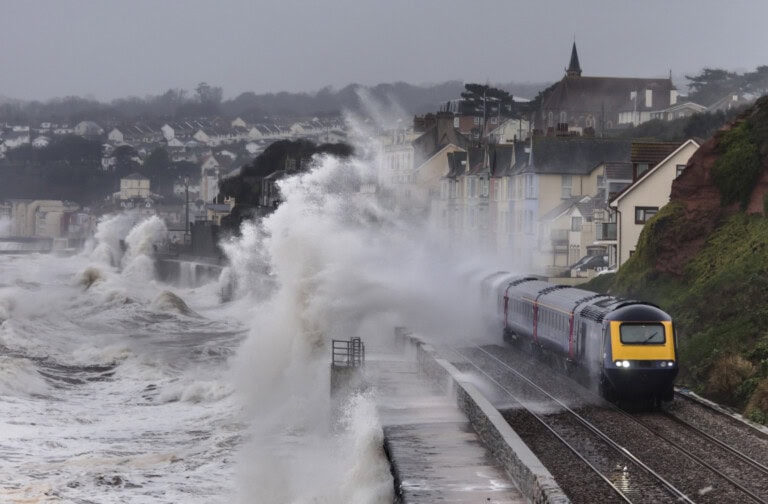What does the recent IPCC report mean for the built environment and how can we build resilience?

The IPCC’s most recent report, following the physical science basis of climate change in 2021, has been termed an ‘atlas of human suffering’ by António Guterres, the UN secretary general. It’s assessment of climate change impacts and risks, and progress on climate adaptation action paints a rather bleak picture of a world unprepared for the climate-related risks we face.
Cities and urban regions are picked out as ‘hotspots’ for extreme climate events with large populations, exposed locations and high concentrations of built assets contributing to higher risks from climatic events. As an example, cities create vast areas of impermeable surface which prevents rainfall from soaking into the ground, increasing the risk of surface water flooding in extreme rainfall events. As such, the design of our built environment is crucial in reducing vulnerabilities to current and future climate risks.
Creating a Resilient Built Environment
Climate resilient development ‘brings together the aims of climate adaptation, climate mitigation, sustainable development and social justice’.
In February, UKGBC developed a Framework to help asset owners identify site specific climate-related risks, an essential first step in climate resilience action. Once risks are identified, adaptation actions can be designed into new development, or retrofitted into existing assets.
The authors highlight the following key adaptation actions for building design and construction:
- Increasing insulation values;
- Adding solar shading;
- Increasing natural ventilation and passive cooling;
- Altering the solar orientation of bedroom windows;
- Applying high albedo materials to the building envelope (light coloured surfaces which reflect solar radiation);
- Altering thermal mass of building materials (the ability to absorb and release heat); and
- Adding green roofs/facades to poorly insulated buildings.
How can nature help?
Defined by the authors as ‘actions to protect, sustainably manage and restore natural or modified ecosystems that address societal challenges effectively and adaptively’, nature-based solutions (NbS) can play an essential role in both adapting to and mitigating climate change, as well as providing biodiversity and human wellbeing benefits. The report lists several nature-based solutions that can be incorporated into urban environments and reduce risks from climate-related effects:
- Temperature regulation: planting street trees, incorporating green roofs, green walls and other urban vegetation;
- Air quality regulation: planting trees or vegetated barriers;
- Stormwater regulation and sanitation: planning urban parks, open spaces and wetlands, incorporating green roofs or engineered devices such as bioswales, rain gardens, detention and retention ponds;
- Coastal flood protection: planning coastal ecosystems, forests or wetlands, incorporating seagrass, dunes or barrier islands;
- Riverine Flood Impact Reduction: creating permeable areas such as parks and open spaces, incorporating engineered devices like raingardens, bioswales and retention ponds, restoring rivers and floodplains, planting and maintaining vegetation along riverbanks, and constructing wetlands.
For more information on how to incorporate NbS in urban environments, read UKGBC’s Principles for Delivering Urban Nature-based Solutions.
UKGBC’s Resilience and Nature-Based Solutions programme offers advice to understand and adapt to climate-related risks through the prioritisation of NbS. To find out more or get involved, please follow the links above or get in contact with Hannah.Giddings@ukgbc.org.
Related
Building Resilience: Climate Change Modelling and Risk Assessments

Building climate resilience together

Storms, climate change and how we make our cities resilient

How do you create a Flood Resilient City?

